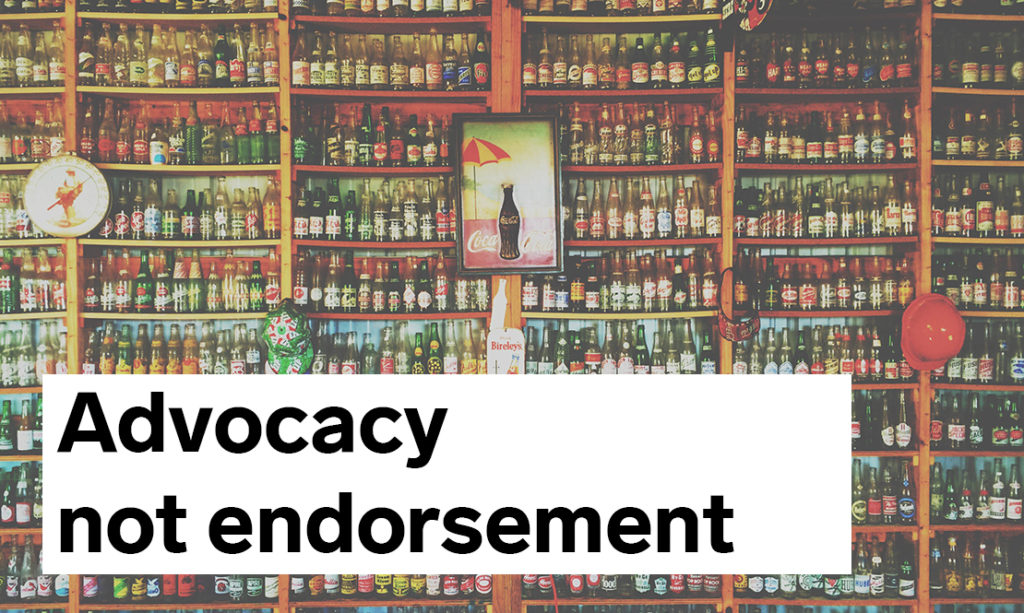It’s hard to know if it’s worth investing time and money in influencers when every week there’s another horror story about influencer marketing bad practise: from backlash to lawsuits.
With all the negativity and badly executed influencer campaigns out there, it’s easy to assume that influencer marketing is another trend that could soon have had its day. But one of the main reasons influencer marketing is important, is because the way people shop and make decisions about purchases has clearly changed. Their touch points are different now. The technology they use to make those decisions and the customer journey has changed too. People will trust a recommendation from a peer over your company’s website or Google any day. And this is where the power of influence comes in.
Here are three reasons why influencer marketing is as important and useful as ever:
1. Customer experience
Forrester’s most recent Customer Experience Index research showed that brands are struggling to keep a human connection with customers. Even with real-time feedback and web analytics to tell them what customers want and feel, companies are struggling to set up customer experience optimisation within their organisations. One reason for this is because of infrastructure that doesn’t support customer-centricity. And it’s also why a lot of industries can be disrupted by smaller companies who organise around the customer as a rule.
The experience a customer has with your brand could involve many touch points that have nothing to do with you. Each source could be an immediate decider for either a sale or immediate rejection. This means that having the right influential people on your team is key. Influencer marketing can’t make a business become more customer-centric, but it can certainly give it a more human face.
Influencers can provide important touch points with your brand that have more weight than the content you produce directly. People would rather learn from their peers than from a seemingly faceless company. So an influencer’s opinion of your product or service and their transparency of why they’re choosing to work with you can be an important and persuasive touchpoint. It’s obvious when this isn’t genuine, so we always recommend working with people who love your brand and share your values.
The key to using influencers as part of your customer experience is to look at who influences your customers on the products or services you provide and where they go for content to help them make those decisions. Is it YouTube reviews? Or is it their Twitter community? It’s also crucial to design a strategy and a success metric that’s right for your brand.
2. Social media advertising is growing
According to Adobe Digital Insights, 50% of Generation Z and 42% of Millennials report saying ads in social media are most relevant to them. With it’s unrivalled visual storytelling power, Instagram Stories leads the way when it comes to commerce-driven online advertising. This combined with the fact that the platform is a place for self-expression and curation means it’s also the perfect place for influencer-led video campaigns. Instagram Stories acts like a more accessible, snappy YouTube video. They show people you’ve chosen to follow and are therefore interested in, influenced by and open to watching on a daily basis.
This format is something the fashion and beauty industries use very successfully. A great example is how L’Oréal use social media influencers and especially Instagram to increase brand awareness, advocacy and sales. They have multiple international brands with different audiences, but have still created a structure for how L’Oréal as a whole brand does influencer marketing – mainly through finding the most relevant, micro influencers that can connect to all the brands’ local audiences.
L’Oréal have made influencer marketing a strategic priority for the brand after seeing what huge impact social influencers had. They’ve scaled this approach globally and put influencers front and centre of their advertising.
3. Standardisation
The ASA recently published the first ever guidelines specifically for social influencers outlining how to make sure content stays within the UK Advertising Code. The new guidelines are very clear about how to make sponsored content obvious which is a great thing for upholding fairness and transparency in the industry.
A lot of the issues and backlash in the industry have happened as a result of a lack of standardisation. For example, reality TV stars Louise Thompson and Millie MacIntosh from Made in Chelsea have had Instagram content reported and removed for not being explicit enough.
Transparency has always been essential to maintaining trust as well as good practise. Better standardisation is great news because it means there’s less opportunity for fake followers, fraud and general bad practise. Influencer marketing should be relational, not purely transactional. Standardisation means the relationship between influencer and brand will be strengthened and based on trust, enabling them to benefit from each other for maximum growth potential.

Here at Brilliant Noise we champion advocacy not endorsement. So we find people who love your brand, are interested in what you’re doing and can help you build a better connection between your customers and your brand.
We help our clients develop an influencer strategy and framework that’s right for what they want to achieve. Get in touch to talk to us about your influencer marketing strategy.
For more of our latest content, enter your email below and sign up to our newsletter Brilliant Reads.
